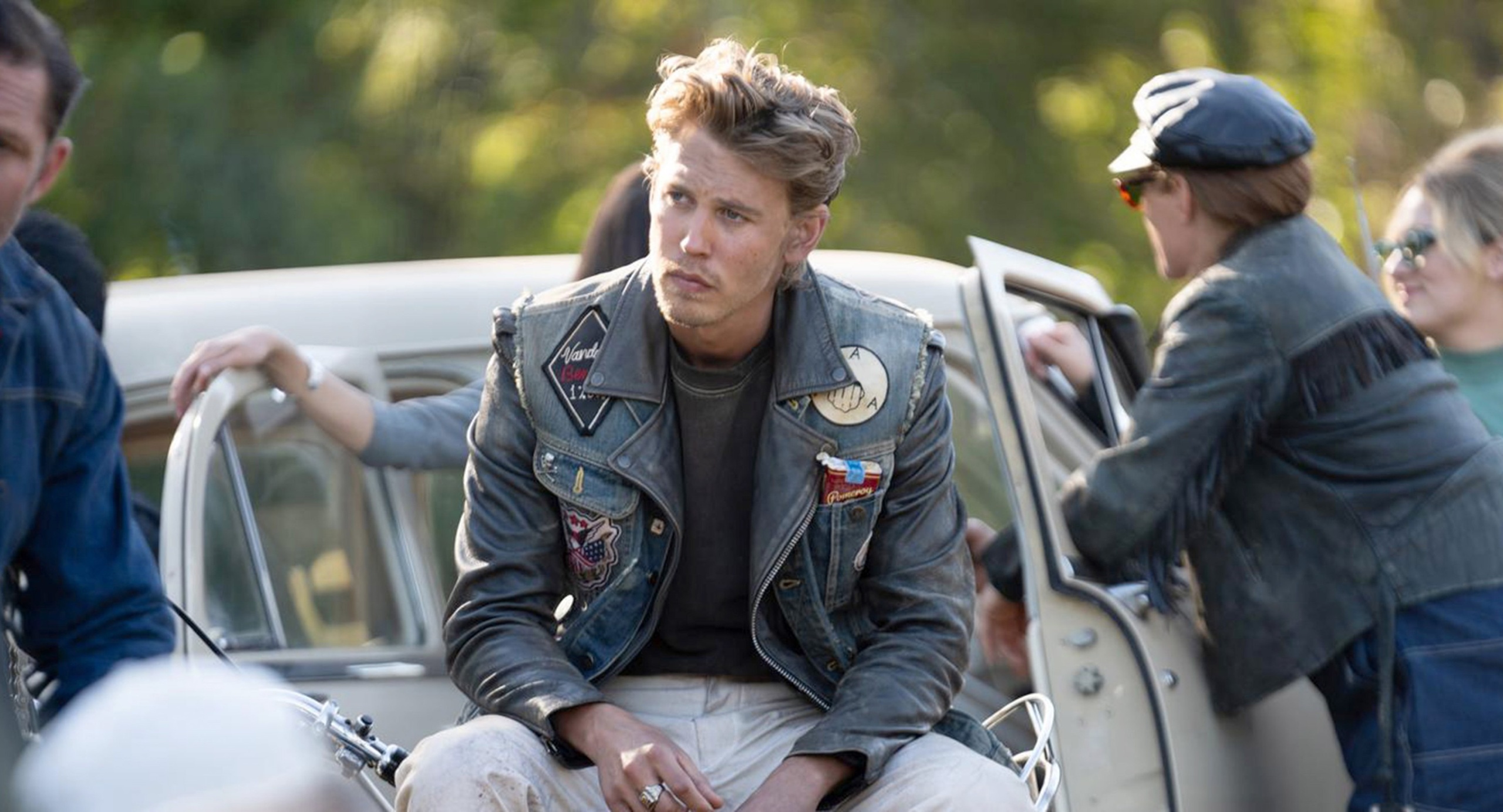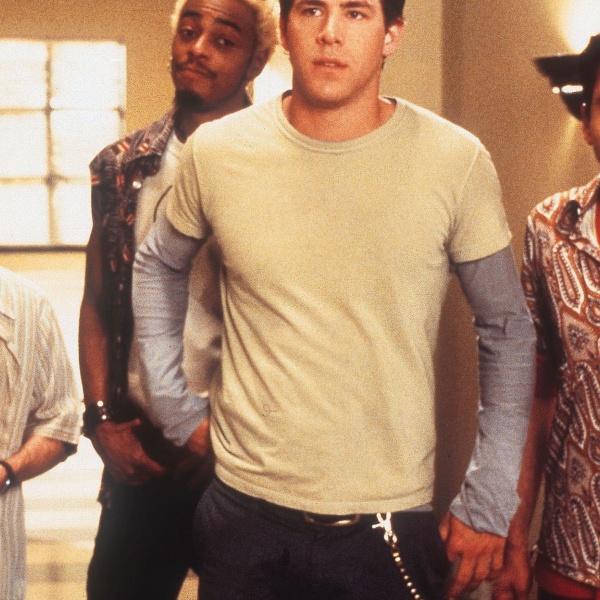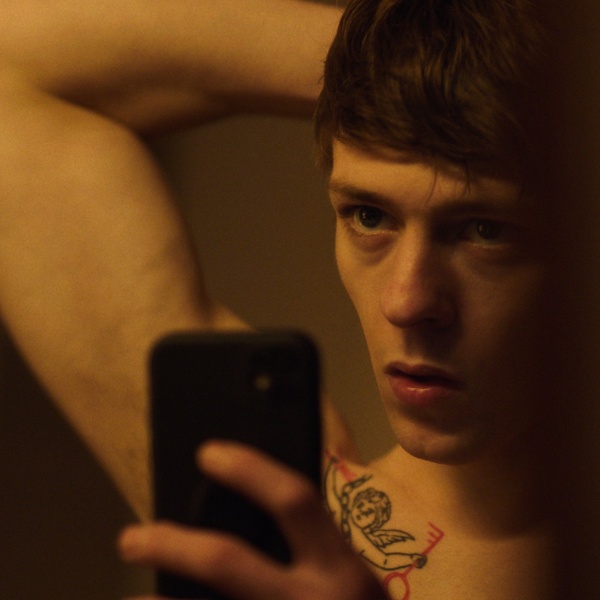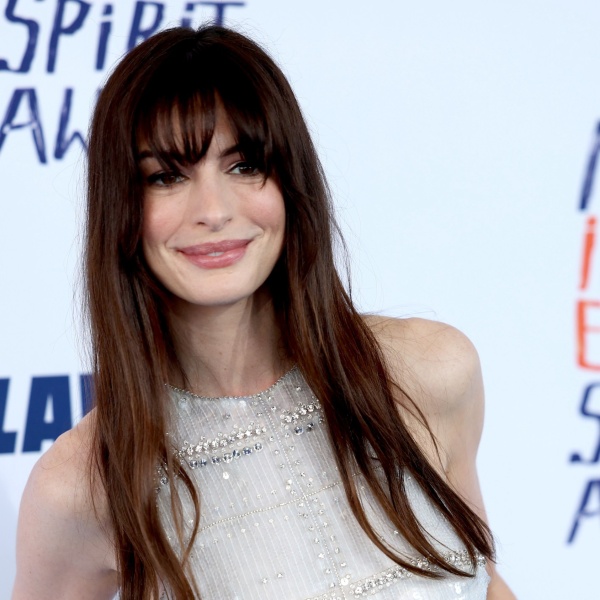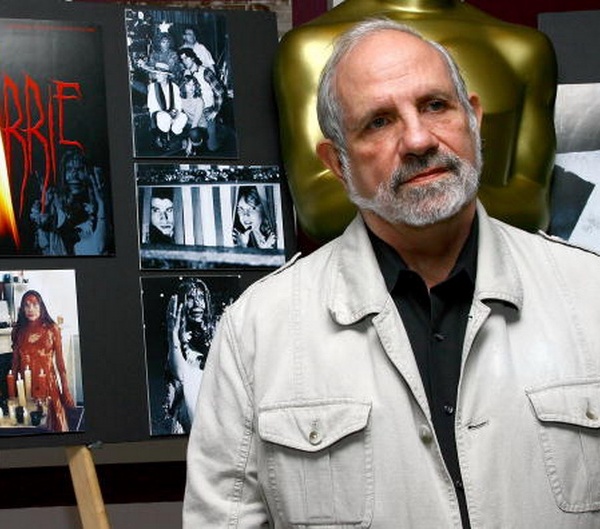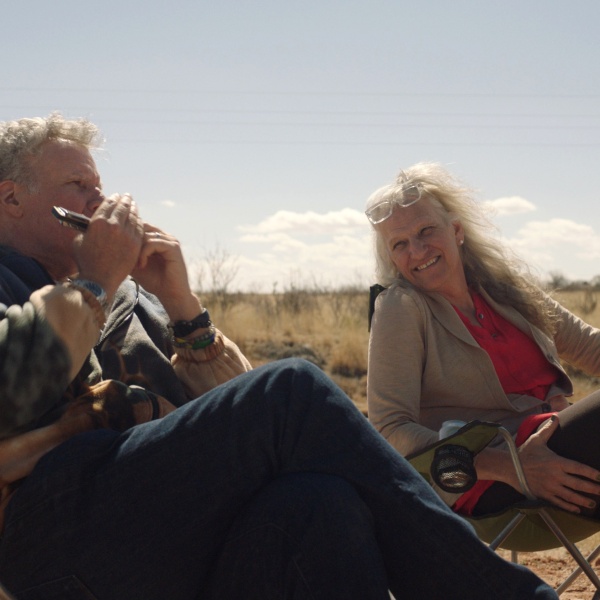When you make a biker movie, you have to get the bikers’ looks just right. And for Jeff Nichols’ “The Bikerider,” that meant some serious aging techniques — and a sack of dirt.
“I’ve worked with Erin [Benach] since ‘Midnight Special,’ and she’s the greatest costume designer in the business. No offense to any other costume designers out there, sorry,” Nichols told a crowd at a post-screening Q&A last fall. (The film was subsequently bumped from its December release date and is now in theaters.)
Inspired by Danny Lyon’s photo book “The Bikeriders” — which documented ’60s biker gangs across the Midwest — Nichols’ film finds a love triangle of sorts forming between Benny (Austin Butler), his mentor (Tom Hardy), and his wife (Jodi Cromer) as they fight for Benny’s attention and affection amid a backdrop of increasing violence. The film benefits not just from its trio of leads but from its lovingly detailed design elements, all captured on gorgeous film.
“When I talk about subculture, a big part of that is the way people look, the way they dress, and their style,” Nichols said. “The way they wear their jeans, the way they wear their hair, everything is so specific. And I knew from looking at these photographs that we had to get that right.”
“I think that the greatest thing that Jeff has always done is communicate a character to me,” Benach said. “We didn’t even need to talk about denim and leather and things like that. Or all the details that did eventually go into it. It was more just about Jeff being able to communicate who is Cal and who is Zipco.”
The team modeled each character after someone included in the book. “So it was, in a way, very easy,” Benach said. Nichols interrupted: “Tell them about the thousand patches that you sewed on and the hundreds of jeans you had to age and dye. And they had this person walking around with this sack of dirt, and they would just throw dirt on people.”
“And it still didn’t look that dirty!” Benach said. “It was so much dirtier at first.”
Nichols mentioned one photo in the 2003 reissue (which included color photographs for the first time) really captured the look he wanted to achieve. “I shared it with each department and was like, ‘If we can have a frame in our film that looks this dense, then we’ve succeeded.’ You have to look at the grease in their fingernails, and the way they’ve sewn these patches on, and all of the details. , and Aaron, which is amazing, you know, I think today we see this and we think, well they look like bikers, but you You really have to look at all the detail that they’ve put in, um, because the characters are different, and they have their own personalities, and they are kind of expressing their own characters through the way they dress, and the way they have their hair, and how that shifts throughout the course of the decade.
So, it’s an immense amount of work. I just want to make sure everybody hears that. I will just talk about the patches for a second, because I think it is unique. Um, you know,
“We couldn’t just buy patches, we had to make everything so that it wasn’t [copyrighted],” Benach said. “So, every single patch we designed and made and then aged and then sewed on and then aged again. And we have multiples for all of our riders, so all of our main characters had at least eight versions exactly the same age. Which is my biggest challenge, I would say. And as the club grows, we start having Milwaukee and Cincinnati and Columbus. So it wasn’t stationary, it all had to evolve through the course of the decade too.”
And Benach’s design led to one key change in production, as she reminded Nichols: “I remember when we almost made our gang from Ohio. I think I convinced you to do it because the Illinois patches said ‘I-L-L’ and ‘ILL’ was cooler.”
